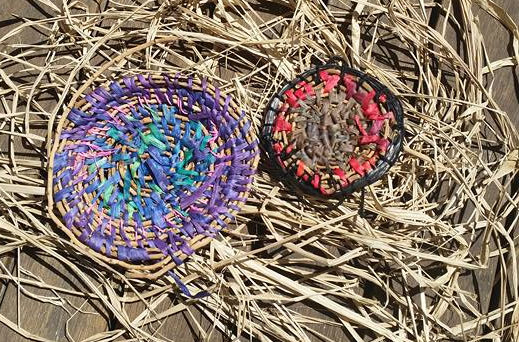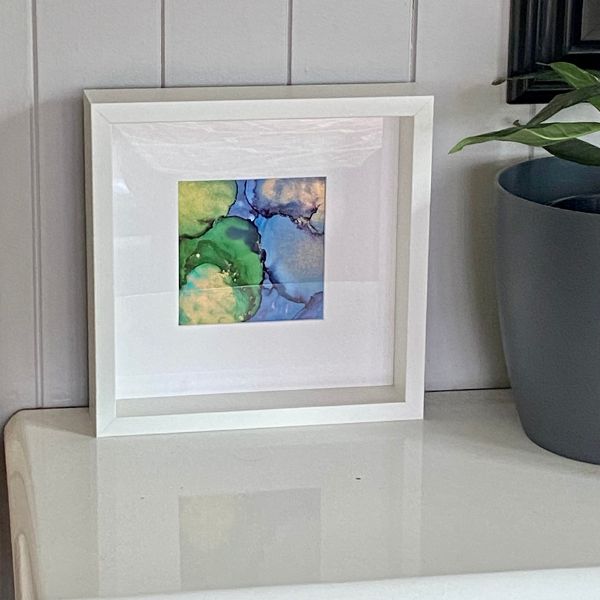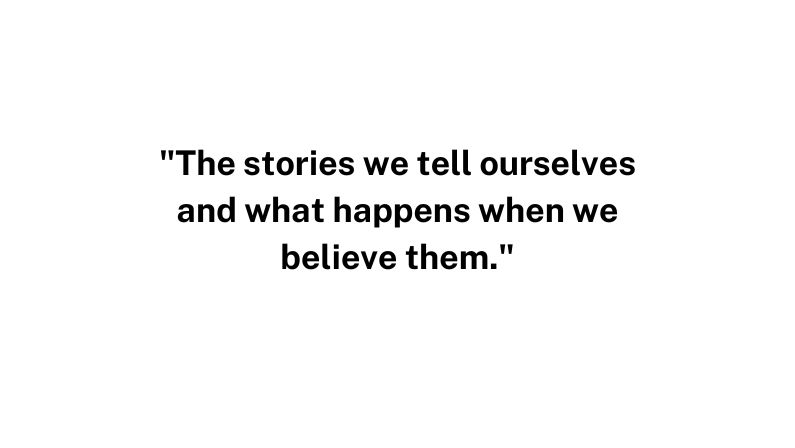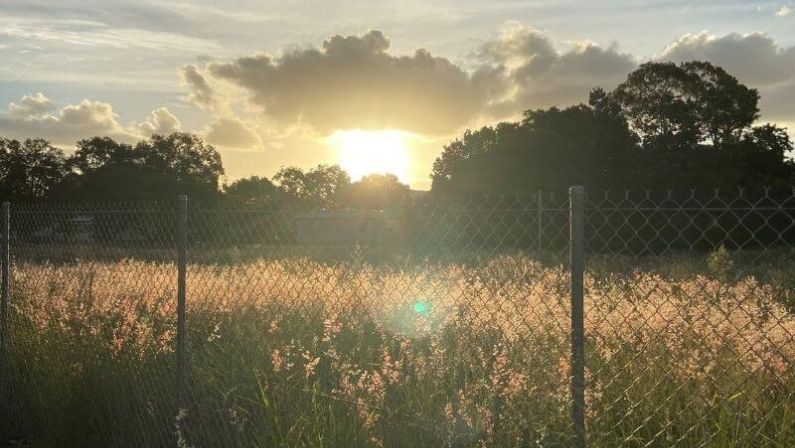
Weaving a Path to Sexual Violence Recovery
Yesterday, I wasn’t at my desk writing copy. Yesterday, I was part of a much bigger story. A story we often shove under the carpet, hush to a whisper or validate or invalidate with a legal ruling as to what is “The Truth.” It’s a story about sexual violence recovery and our community.
Often, when we hear a story of trauma we might say to ourselves “Oh I can’t imagine how I’d feel if that happened to me.” We may turn away because we just can’t bear to think about the possibility. Or rather, we may turn away, because it’s painful and a little too close to home.
Yesterday, I was humbled by being given the opportunity to hear the stories of sexual violence survivors. I was asked to help document the final week of a sexual violence recovery Art Project Telling Story. This community project has been running through the month of October, during Sexual Violence Awareness Month. The follow-up exhibition will be held at the Redlands Performing Arts Centre from 1-26 November, with opening night on November 4.
Telling Story has been facilitated by survivor and activist Lisa McDonald. This is her second art-as-healing workshop and exhibition in Redland Bay.
Telling a different story
Often the subject of sexual violence recovery makes people uncomfortable. I guess it’s hard to hear about how prevalently we humans inflict trauma on each other. It is easier to digest if it appears in a neatly packaged 5-minute news bulletin. We get a little uncomfortable, but thankfully we can move on after the segment is finished.
But knowing and supporting a victim of sexual violence is another matter. Many people, simply never “get involved” in the first place. When we hear, when we see, when we really understand a sexual violence survivors’ story, then how can we turn away?
My job as a writer yesterday, was to help convey the stories woven into the art pieces, into a more traditional written narrative for the exhibition. The purpose of Telling Story is to provide therapeutic benefit for the artists as survivors, as well as inform and educate the community.
We started the day with a Call to Country, acknowledging the traditional owners of the Redlands area, the Quandamooka people. A Quandamooka artist was present each week to pass to the women techniques of traditional weaving, including renowned artist, Sonja Carmichael.
Today when I arrived I saw some amazing pieces, many of which will feature in the Telling Story exhibition. Before I heard the stories from the women themselves, I saw the stories woven in the traditional way. Something about the art spoke to me. The use of colour, the scale, the material used to weave, told me things about feelings. I felt my heart leap into my chest as I realised how much a survivor on a journey of recovery carries inside of them all the time.
Weaving Words
To begin the formalities, we chatted in a circle. The amazing women running the newly funded Redland sexual violence recovery facility ‘Centre Against Sexual Violence’ (CASV) were also there. They offered wisdom and support to validate the many emotions which had been surfacing while the project had been progressing.
I learnt traditional weaving today and even made my own grass skirt. I also learnt that sexual violence recovery is not always linear. Some days are great, some are not.
For many survivors, their stories are not always easy to retell. Sometimes, a survivor’s feelings overwhelm them, and prevent them from moving towards recovery. I heard about feelings of isolation, of blame, shame, loss of power, and self-doubt. All of these feelings magnify with the numerous less-than-ideal responses given by family and community.
Sometimes, after time all that remains are physical memories of the emotional event. Physical ailments, anxiety, depression can trigger while trauma remains in the body. This kind of trauma can’t always be released by talking it out. It doesn’t always go away because someone says it should, either. These feelings can make it difficult to connect and ask for help.
Despite the many limitations to recovery, I observed an amazing thing occurring with this group of women. As we weaved our skirts yesterday with Quandamooka artist Jedda, having a chat, having a laugh, women were opening up. In groups of two or three, telling the story they were weaving. How this colour represented this feeling, or that material showed another feeling. They sounded invigorated and powerful.
Jedda says that’s the way it has always gone with her people for generations. The women get together in a circle and do something with their hands, like weaving. She said people can talk and feel connected that way.
A Path to Sexual Violence Recovery
What Lisa has done with Telling Story, is incredibly significant. I heard many women say they wish it would keep going. The women exchanged numbers and grateful hugs as the day came to a close.
This Project, become an example of how we can create a safe space for women. Through telling story in this space, with the simplicity and physicality of weaving, healing takes place for everyone, myself included.
Because I sat down with a group of sexual violence survivors and their advocates today, I know so much more. I am more invested in this cause because I have literally, been woven into it. In a world where we are going so very fast, don’t we need togetherness more than ever?
So let’s slow down and weave together what was pulled apart. It really is time we all looked up and did more.
Telling Story Exhibition
1-26 November. Opening Night 4 November 6pm
Redland Performing Arts Centre 2-16 Middle Street, Cleveland [/x_alert]
How Else Can I Support Sexual Violence awareness?
Women and Children can also attend the upcoming Reclaim the Night march. This is a locally-run event held in countries around the world. Look up “reclaim the night” in your State or town for more details and times.
If this article has brought up difficult feelings for you, please talk to someone who can help. Call Lifeline Australia on 13 11 44.
First puslished here in 2016. : https://shiftf7content.com.au/weaving-a-path-to-sexual-violence-recovery




